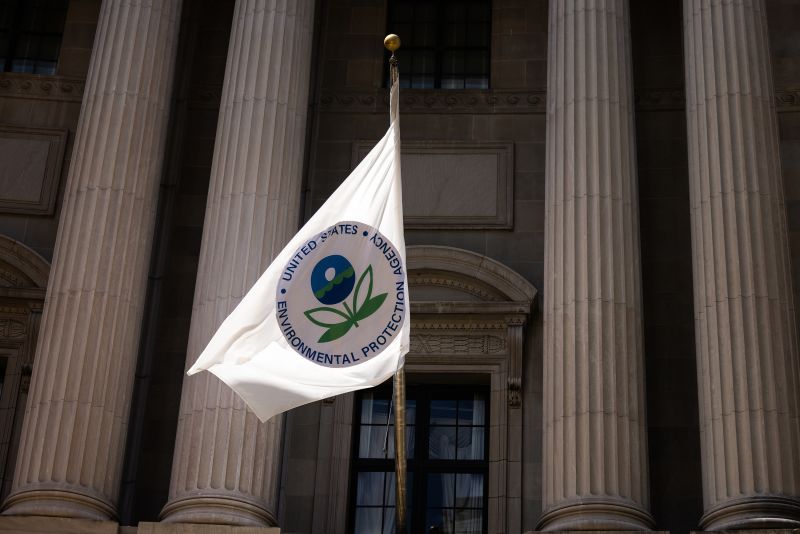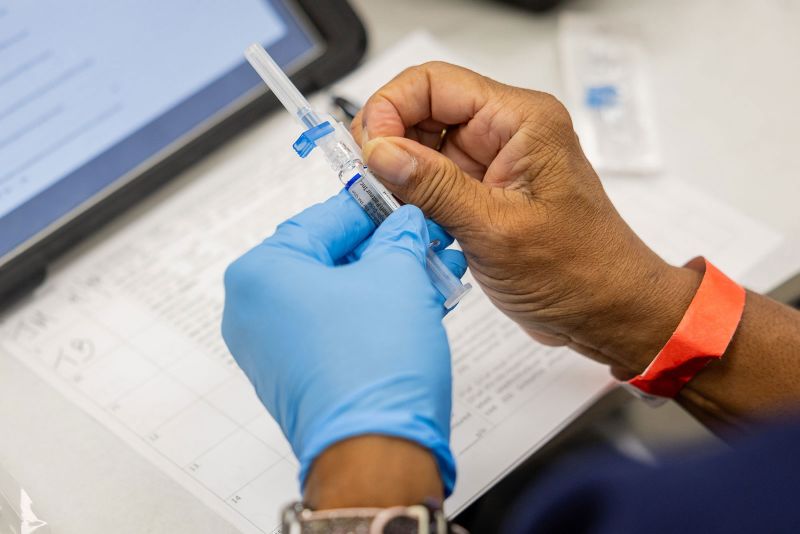A federal judge has ordered the US Environmental Protection Agency to further regulate fluoride in drinking water because high levels could pose a risk to the intellectual development of children.
US District Judge Edward Chen cautioned that it’s not certain that the amount of fluoride typically added to water is causing lower IQ in kids, but he concluded that mounting research points to an unreasonable risk that it could be. He ordered the EPA to take steps to lower that risk, but didn’t say what those measures should be.
The judge’s ruling is another striking dissent to a practice that has been hailed as one of the greatest public health achievements of the last century. Fluoride strengthens teeth and reduces cavities by replacing minerals lost during normal wear and tear, according to the US Centers for Disease Control and Prevention.
Last month, a federal agency determined “with moderate confidence” that there is a link between higher levels of fluoride exposure and lower IQ in kids. The National Toxicology Program based its conclusion on studies involving fluoride levels at about twice the recommended limit for drinking water.
The EPA — a defendant in the lawsuit — argued that it wasn’t clear what impact fluoride exposure might have at lower levels. But the agency is required to make sure there is a margin between the hazard level and exposure level. And “if there is an insufficient margin, then the chemical poses a risk,” Chen wrote in his 80-page ruling Tuesday.
“Simply put, the risk to health at exposure levels in United States drinking water is sufficiently high to trigger regulatory response by the EPA” under federal law, he wrote.
An EPA spokesperson, Jeff Landis, said the agency was reviewing the decision but offered no further comment.
In 1950, federal officials endorsed water fluoridation to prevent tooth decay, and continued to promote it even after fluoride toothpaste brands hit the market several years later.
Though fluoride can come from a number of sources, drinking water is the main source for Americans, researchers say. Nearly two-thirds of the U.S. population currently gets fluoridated drinking water, according to CDC data.
Since 2015, federal health officials have recommended a fluoridation level of 0.7 milligrams per liter of water. For five decades before that, the recommended upper range was 1.2. The World Health Organization has set a safe limit for fluoride in drinking water of 1.5.
Separately, the EPA has a longstanding requirement that water systems cannot have more than 4 milligrams of fluoride per liter of water. That standard is designed to prevent skeletal fluorosis, a potentially crippling disorder which causes weaker bones, stiffness and pain.
- Sign up here to get The Results Are In with Dr. Sanjay Gupta every Friday from the CNN Health team.
But in the last two decades, studies have suggested a different problem: a link between fluoride and brain development. Researchers wondered about the impact on developing fetuses and very young children who might ingest water with baby formula. Studies in animals showed fluoride could impact neurochemistry cell function in brain regions responsible for learning, memory, executive function and behavior.
The court case, argued in US District Court in San Francisco, started in 2017. The lead plaintiff was a not-for-profit advocacy environmental advocacy organization named Food & Water Watch. Chen paused the proceedings in 2020 to await the results of the National Toxicology Program report, but he heard lawyers’ arguments about the case earlier this year.








